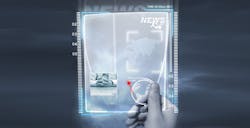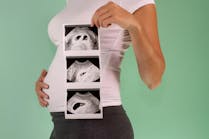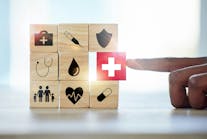Researchers have discovered what appears to be an easy way to collect large quantities of viable stem cells that can be banked for future regenerative medicine purposes—from the simple prick of a finger. The study was published online in STEM CELLS Translational Medicine.
“We show that a single drop of blood from a finger-prick sample is sufficient for performing cellular reprogramming, DNA sequencing, and blood typing in parallel. Our strategy has the potential to facilitate the development of large-scale human induced pluripotent stem cell ( iPSC) banking worldwide,” says Jonathan Yuin-Han Loh, PhD, principal investigator on the study.
“Some methods can result in negative side effects, and then you have bone-marrow harvesting, which is invasive, while cord blood is limited to individuals who have deposited their samples at birth,” Dr. Loh explains. “The large amount of blood needed to collect enough cells for reprogramming has also deterred many potential donors.”
Two recent studies have described the generation of iPSCs from a relatively small volume of peripheral blood—about two milliliters. This made Loh’s team wonder if they could reduce that quantity further. They confirmed that reprogramming can be achieved with as little as .25 milliliters. Might a “DIY” (do-it-yourself) approach to blood collection work, too?
“To test this idea, we asked donors to prick their fingers in a normal room environment and collect a single drop of blood sample into a tube,” Hong-Kee Tan, the study’s lead author, reports. “The tube was placed on ice and delivered to the lab for reprogramming.”
The cells were treated with a buffer at 12-, 24- or 48-hour increments and observed under the microscope for viability and signs of contamination. After twelve days of expansion in medium, they appeared healthy and were actively dividing. The team next tested what happened when they reprogrammed the cells and succeeded in forcing them to become mesodermal, endodermal, and neural cells. They were even able to induce some into giving rise to rhythmically beating cardiomyocytes. Read the article.





